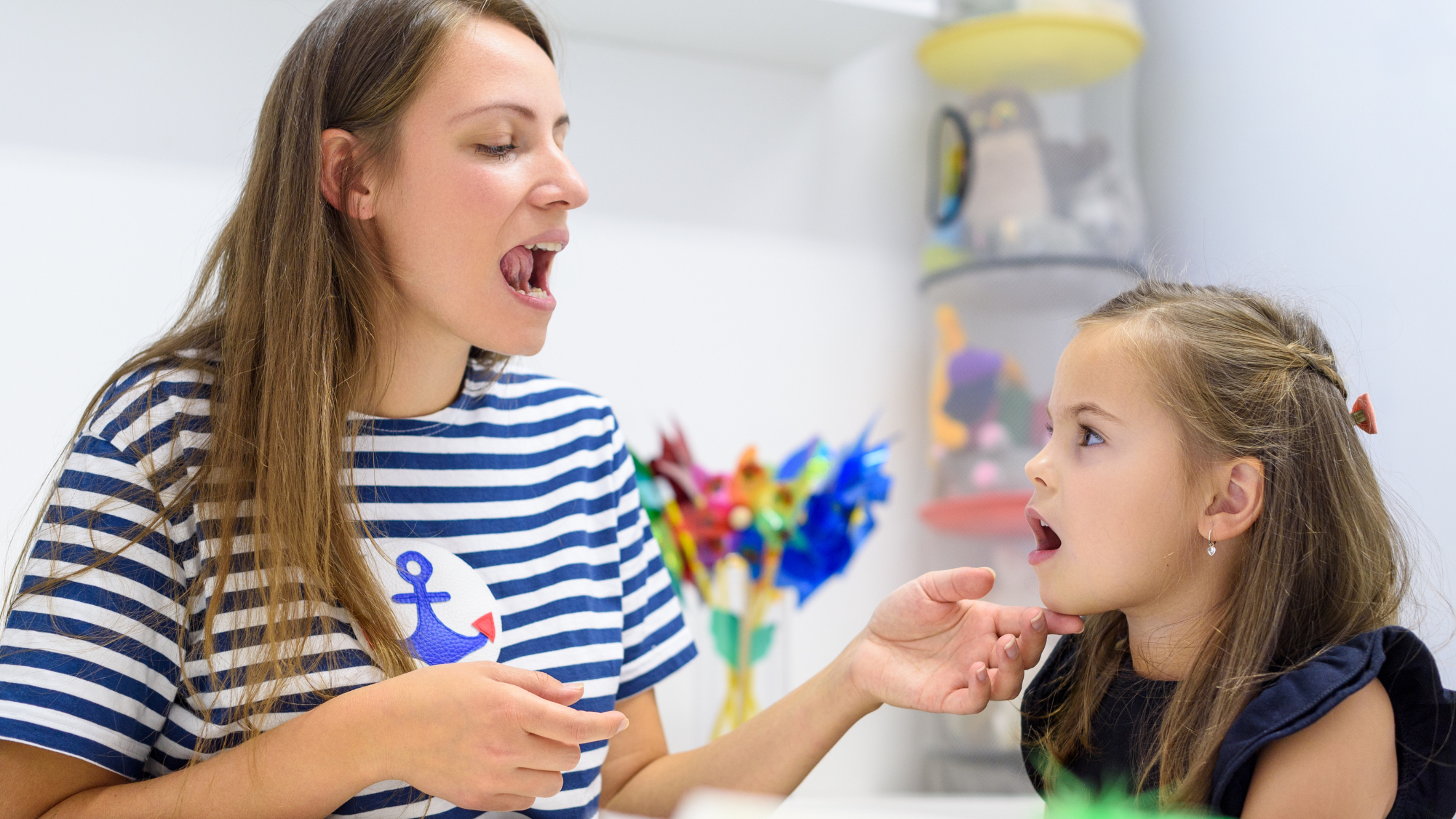

Speech, language, and communication skills are critical areas of for children and are the fundamental building blocks for learning, socialization, and emotional and behavioral development. They play a vital role throughout our lives and support many aspects of development including cognitive, social, and literacy development. Children need to develop speech and language before they learn how to read and write and language is the most important way that information is transferred from teachers to students, learned and understood. Good speech, language, and communication skills can have a positive impact on confidence and self-esteem . It enables children to develop positive relationships, form friendships and learn by listening, talking, and questioning.
Speech Language Pathologists(SLP) are experts in communication who help to assess, diagnose and treat communication disorders in children and adults. SLPs use a variety of strategies and techniques to work on language, articulation, voice, fluency, swallowing, and feeding.
Here are the 5 most effective therapy techniques that ABIS, the slow learners' school near you in Mumbai suggests that Speech Therapists use that parents can easily incorporate into their day-to-day life. Each of these strategies is tried and tested and evidence-based.
Children learn through imitation. Modelling simply means to demonstrate. Based on your child’s language level you can model the expressive language or the words/ phrases /sentences that you would want your child to develop rather than correcting or instructing them to say the same.
You can do this by labeling or naming objects, pictures, or actions that
interest your child.
Eg- if your child is reaching out for a ball, you can model the utterance
“ball”.
Make sure to have your child’s attention and use slow and clear speech,
lots of repetition, and appropriate words
Self Talk is a technique in which you talk about what you’re doing, whereas Parallel Talk is a technique in which you talk about what your child is doing. These can be incorporated into activities throughout the day like mealtimes, bath time, and playtimes
Use short and simple sentences to talk about what you or your child are
doing, feeling, and seeing when your child is nearby.
Eg of Self Talk during mealtimes:- “Here’s the rice.” “I am putting rice on
your plate now.” “It's time to eat”
Eg of Parallel Talk during play time- “Oh! You have a car.” “ It’s a red
car.” “Peep Peep.” “ Wow, you’re pushing it fast.”
Expansion is a technique in which you not only repeat what the child says but “expand” the utterance by adding more words to it to make it more grammatically correct. Expansions help your child progress from simple 1-word utterances to longer phrases and sentences.
If your child says red bus, you can expand on it by saying- “Yes! A big red
bus.”
Remember while using sentence expansions simplicity is the key. Keep
sentences short, clear, and concise.
Communicative temptation is a technique in which you manipulate the environment or situation to “tempt” children to communicate with us. It helps initiate communication/ interaction in some form. This strategy is perfect for helping to build early language skills as it provides the child with both a reason and an opportunity to communicate with another person.
Communicative temptations can be used in almost any situation whether play
or daily routines.
Eg:- Keep desired items in view but out of reach
Hide a shoe while going out and wait for a child to ask
Offer ice cream in a cup without a spoon.
Speech therapists use a lot of cueing techniques in their therapy sessions for a number of disorders from articulation, and apraxia, to language disorders.
A cue is simply a hint given to help someone remember to do something without telling him/her directly. Speech therapists use verbal cues, visual cues, tactile cues, and phonemic and semantic cues to facilitate language and word retrieval.
Phonemic cues- The parent can give the 1st sound of a word or 1st syllable
of longer words.
Tactile cues- showing correct placement of articulators(mainly lips,
tongue, and teeth) using touch to help facilitate the child to say the
particular sound or word
Amongst all the schools in Mumbai for Autism, ADHD, and Dyslexia, TABIS is one of the best special education schools . With all the therapies under one roof, TABIS believes that a multidisciplinary approach is best for the holistic development of a child.